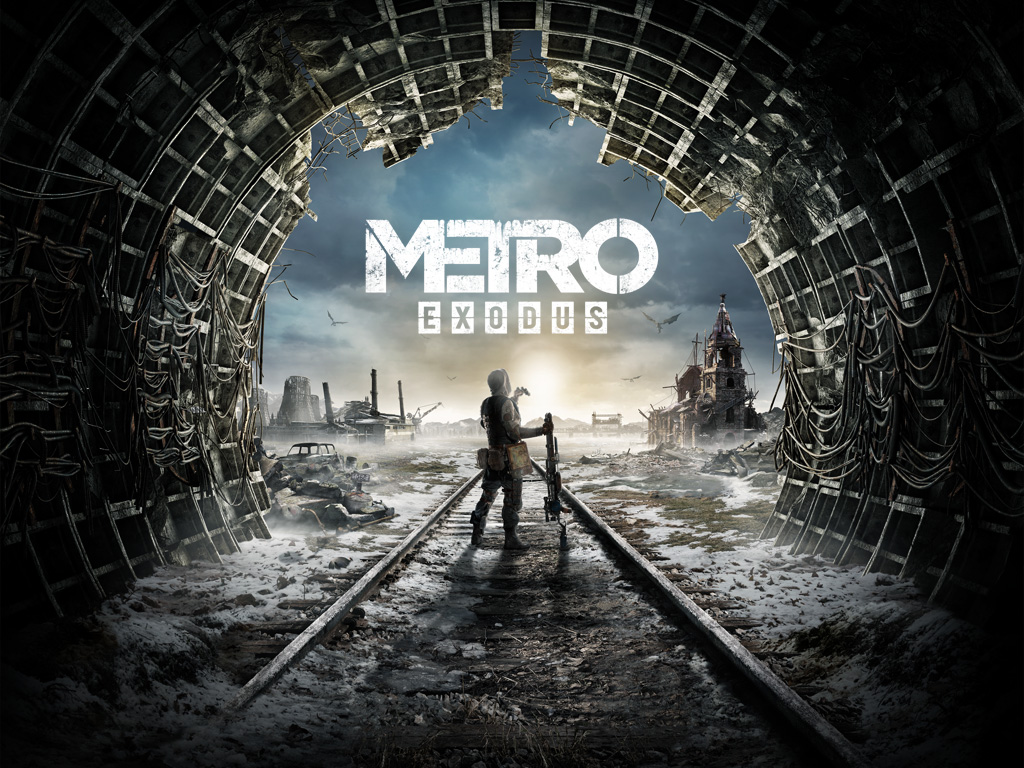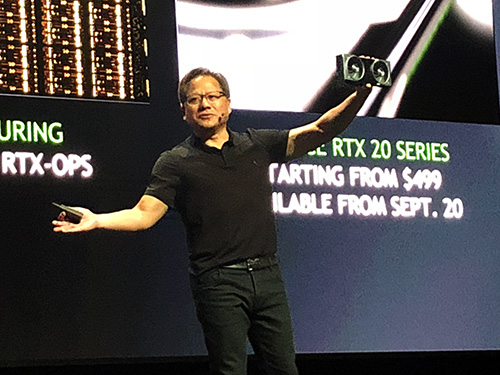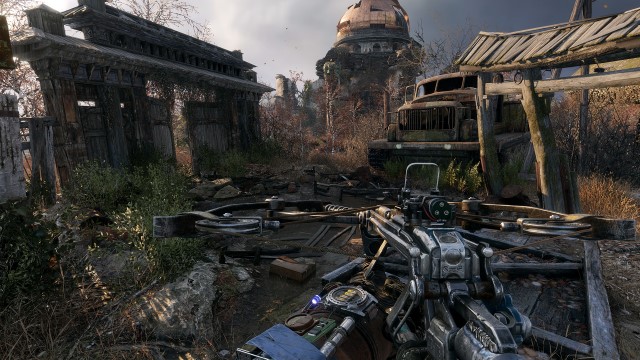
Much has been said about ray tracing over the last few years, with the technology often viewed as the next big leap in gaming development tech. In 2018 we are finally beginning to see the fruits of ray tracing, with NVIDIA revealing their new RTX line of graphics cards at Gamescom 2018, each with a brand-new ray tracing module built in to take advantage of the technology. We’ve seen some great demos so far and at PAX 2018 I got to go hands on with Metro Exodus to truly see how ray tracing changes the game, although we were unfortunately unable to capture any footage or screenshots of the game.
If you’ve played a Metro game before than you’ll be well aware of the game’s focus on dark environments and multiple, small light sources, and this was where the RTX ray tracing really came to the fore. As we wandered the landscape in the early stages of the demo, with our trusty ‘RTX on/off’ switch, we were able to freely see the differences that the tech made to the game. With it on, the environment darkened realistically, and light filtered through the trees. With it off, the entire environment lightened, removing a lot of the light and shading details previously visible. This was especially apparent as night came down, as having RTX on made it hard to see enemies in the dark when their torches and lamps were turned off – which is exactly what fighting in the dark should be like.
This was similar to when we were in enclosed spaces, where our lighter would cast light that reflected off the walls and illuminated crevices in the room. Flick the switch off, and the scene completely lightened, removing the feeling of being in a dark and enclosed space. This isn’t to say that Metro Exodus looks bad without ray tracing (in fact, it still looks fantastic) but ray tracing definitely adds to the scene and the atmosphere 4A Games are looking to set. It felt similar to HDR, where already great experiences are amplified and made better by its introduction.
With the introduction of the RTX line, ray tracing in games is still in its infancy, but it’s clear to see how the technology can push games forwards. I’m excited to see how games continue to embrace ray tracing as time goes on, with Battlefield V being the first game to support the tech when the game launches on November 8th.
Ray Tracing is currently supported on the NVIDIA RTX 2070, 2080 and 2080Ti, which are currently available for purchase at Nvidia’s store and other third-party stores.





